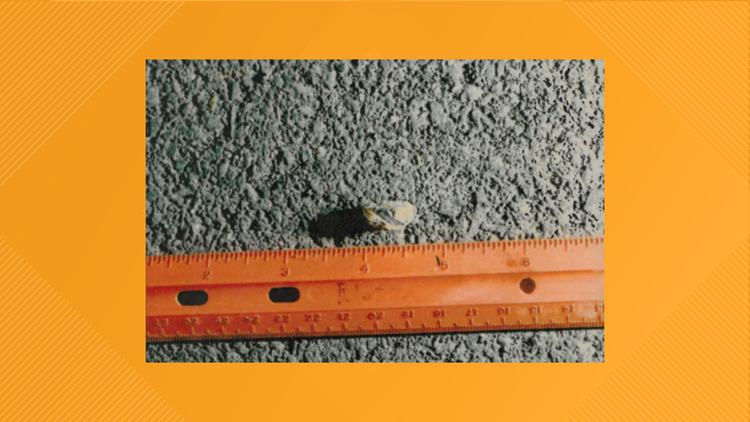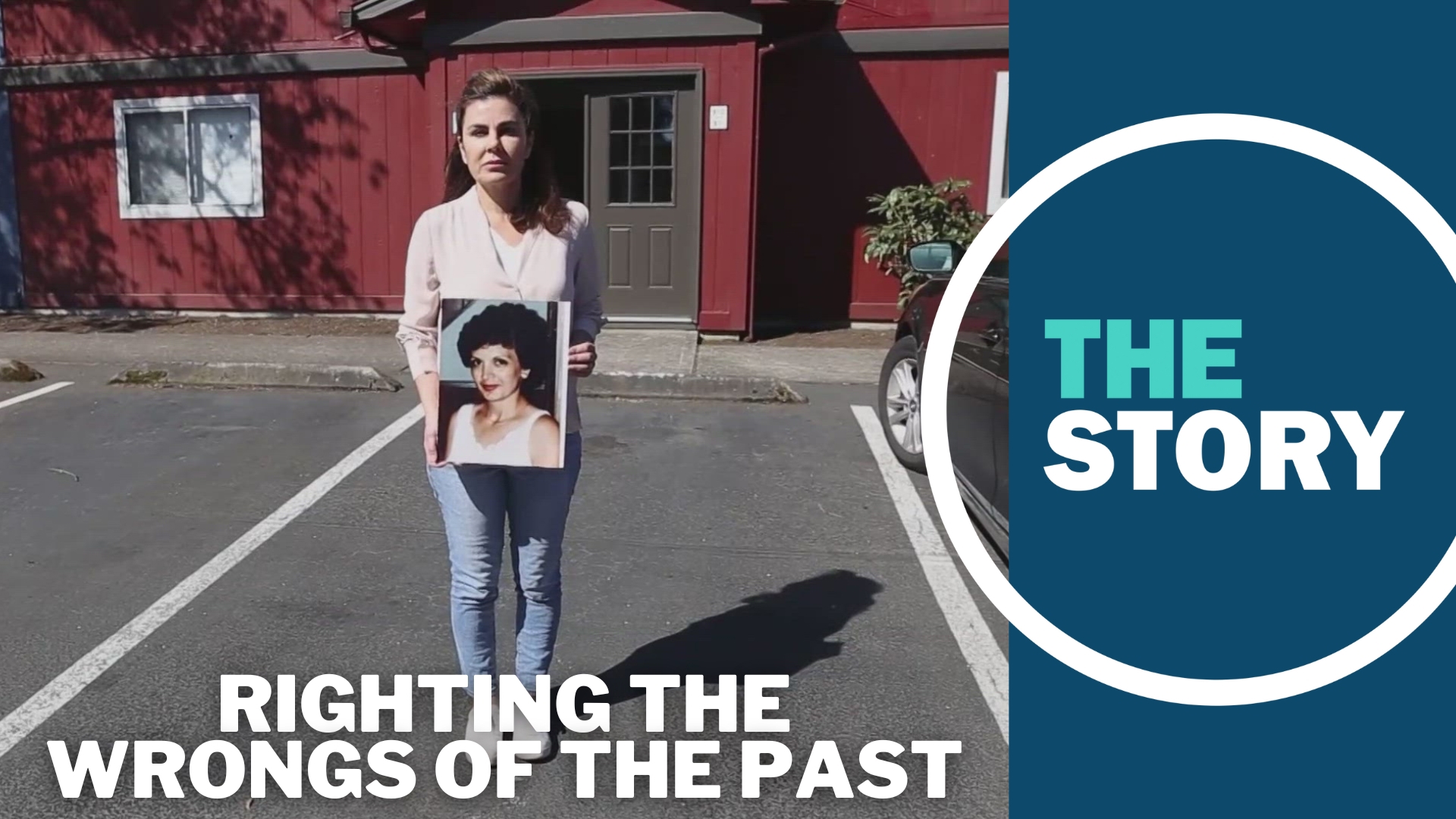PORTLAND, Ore. — When Mike Entezari went on trial for the murder of his estranged wife Effie Entezari in 1990, the case against him was largely circumstantial. But the couple’s daughter, Pooneh Gray, feels there was one element that solidified the jury’s guilty verdict: the ballistics portion of the case.
The day after Effie Entezari was gunned down outside her apartment complex, a detective found a bullet. It was found across the parking lot from where Effie was shot. In his report, the detective wrote that around 2:30 p.m., he observed a piece of lead between two parked vehicles.
It appeared to be an expended bullet and appeared to have blood and flesh on it. This would be the very bullet that tied Mike to the crime and set off a debate among some of the top experts in the firearms field.
During the investigation, detectives asked a forensic scientist named Larry Hebert to examine the ballistics evidence. Hebert worked for the Washington State Patrol Crime Lab. He conducted 12 test fires using Mike’s .38-caliber special that was recovered from his car on the day of the murder. Six test fires were for the purpose of determining the close-range at which Effie was shot, and the other six for determining whether the bullet that killed Effie came from Mike’s gun.
The bullet found in the parking lot of Effie’s apartment complex was deformed. There was only about a third of it remaining for examination; the rest was too damaged. Hebert used a comparison microscope to compare the evidence bullet to his test fires.
He found 20 to 30 levels of correspondence, or areas that showed similarities. He came to the same conclusion after examining the bullets a second time with a different microscope. Hebert said he spent six to eight hours over several days examining the bullets the first time, and one to two hours the second time.
When the prosecutor asked him how sure he was about his findings, Hebert said, "I’m absolutely certain."
Before trial, Hebert asked his mentor, a man named Frank Lee, to take a look at his results as part of a peer review. Lee, who also worked in the Washington State Police Crime Lab, also testified in trial. At the time Lee reviewed Hebert’s findings, he was aware of the fact that Hebert had positively identified Mike’s gun as the murder weapon.
Lee testified that it did not impact his own examination or influence his decision in any way. And he too, determined the bullet that killed Effie, came from Mike’s gun. He said he was positive about it. While Hebert found 20 to 30 levels of correspondence, Lee found 15.
While the prosecution had two experts absolutely identifying Mike’s gun as the murder weapon, the defense had two experts who testified otherwise.
"The defense brought two top ballistic experts. Both said that the bullet came from a .38-caliber gun, which was what my dad had at the time, but so did millions of other people. So it was a very popular gun. But aside from that, they couldn’t make any other determination from it because the bullet was so badly damaged. The bullet that was located by the detectives was so badly damaged, the state expert came in and said it's an unquestionable match. So you had two differing opinions," said Gray.
The experts called in by Mike Entezari’s defense team were both independent firearms examiners, meaning they didn’t work for a state crime lab. They both determined there were a few areas of correspondence between the test fires and the evidence bullet, but they each independently labeled their findings "inconclusive." They couldn’t rule the gun in or out.
"How can there be such differing views? Two ballistic experts may disagree on certain things, but they don't disagree that much, to where two people say we can't make a determination on what this bullet came out of," said Gray.
When Gray first started reviewing the firearms portion of the case, she also took issue with the number of test fires Hebert conducted and how long he spent examining the evidence.
"He fired my dad's gun 12 times. You're kind of going on a fishing expedition. You're trying to make something happen that just isn't working," she said.
Gray and her team of forensic examiners requested to have the ballistics evidence re-tested using updated technology. KGW reached out to the Clark County Sheriff’s Office and Clark County Prosecuting Attorney for comment about the ballistics evidence, and hasn’t heard back.
You can listen to "The Yellow Car" now wherever you get your podcasts, including:



